from the ashes
About Project
Glass is often seen as sustainable, because it can be recycled endlessly and it is one of the few materials where it works almost worldwide. But if you look closer, it’s not that easy. In addition to a high level of hidden energy, various ingredients are required that are mostly problematic. This glass is a first step towards improvement.
In addition to sand, glass usually requires two other main components: Sodium Carbonate and Calcium Carbonate. As with most industrial processes, the availability of these ingredients is changing dramatically due to climate change and human production methods.
Sodium Carbonate as a flux lowers the melting point by about 250° C. After extraction in salt lakes, it is manufactured using the Solvay process, which requires a high level of water and energy as well as quicklime: Rare limestone heated to 1000° C.
Energy consumption that is completely overlooked in the case of glass.
On top of that, many natural salt lakes are shrinking rapidly due to global warming. “Since 1847, the volume of water level has dropped nearly 50 percent. More recently, the change has been so dramatic, you can see it from space.”
Limestone is removed in large mines to get Calcium Carbonate. The material is used in all possible areas of our everyday life, but it is limited. Limestone was formed over hundreds of millions of years and there is an annual usage of 5000 million tons of limestone.
The largest mine in Europe will be exhausted in 2048.
This new glass discovers infinite supply chains by using waste which has no value so far: Wood ash from pizza bakeries and clamshells from seafood restaurants. Private wood-burning stoves are also a valuable source, and many more such as grills and fire pits have been tested. These renewable raw materials are available in large quantities in many cities and have so far been thrown away.
Two out of three ingredients are recycled waste.
Potassium carbonate can be extracted from wood ash. A forgotten flux that was used in previous years. Seashells consist largely of calcium carbonate and once formed some of the limestones. Finely ground they give glass the well-known durability.
The increasingly scarce material quartz sand has not yet been replaced. In contrast to concrete and other high consumers, glass can be recycled endlessly. It can even be ground to sand again, which means that the material is in a closed cycle if the additives are harmless. Unfortunately, many glasses are not.
from the ashes is a 100% natural glass, free of toxic or limited additives and made for next generations.
-
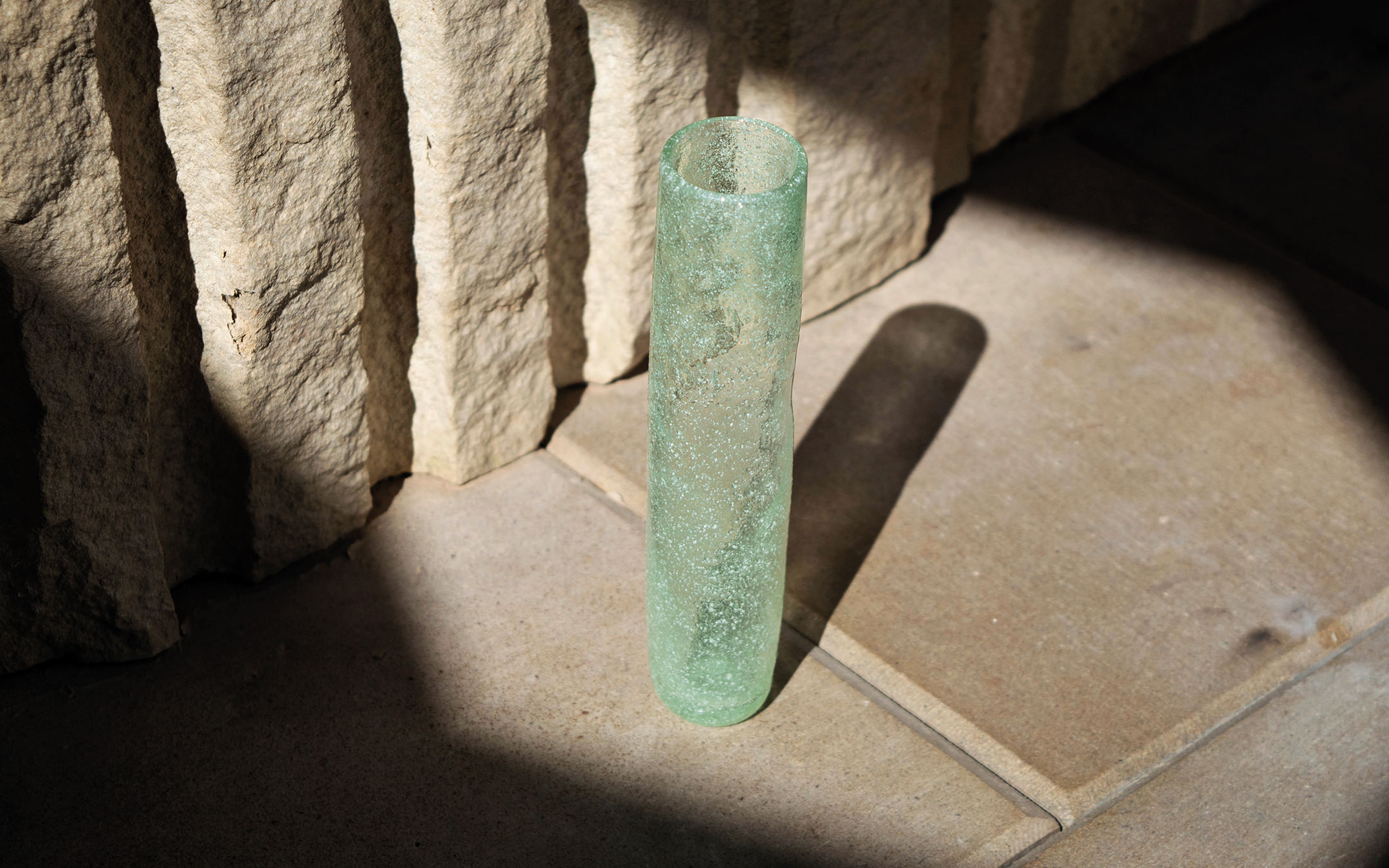
1_from_the_ashes-cf8b4045
a glass for next generations.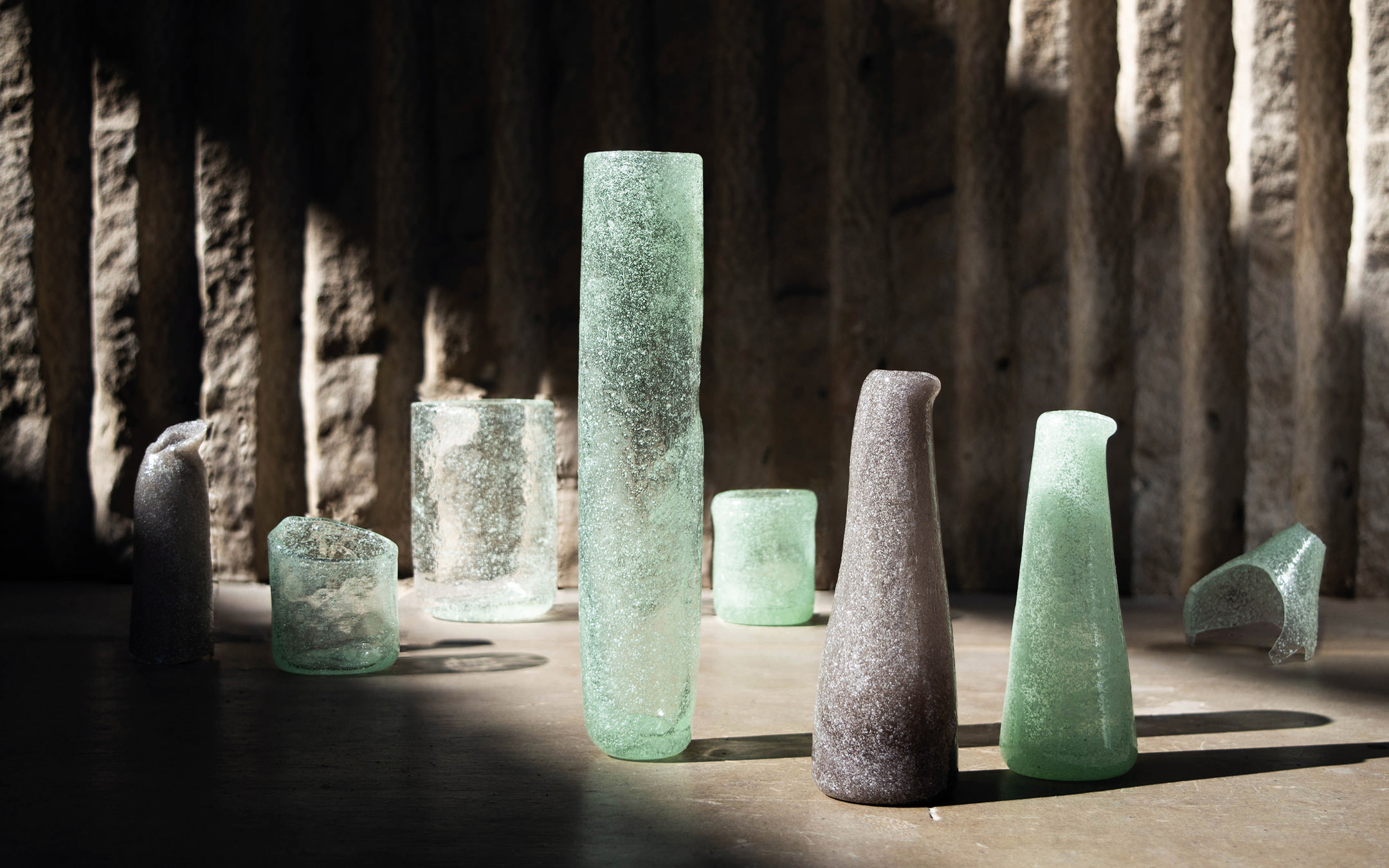
0_from_the_ashes-0fb8cf77
any size, shape or volume is possible
2_from_the_ashes-f0bd2415
the glass is also dishwasher resistant and food safe as all ingredients are natural.
3_from_the_ashes-e740f32b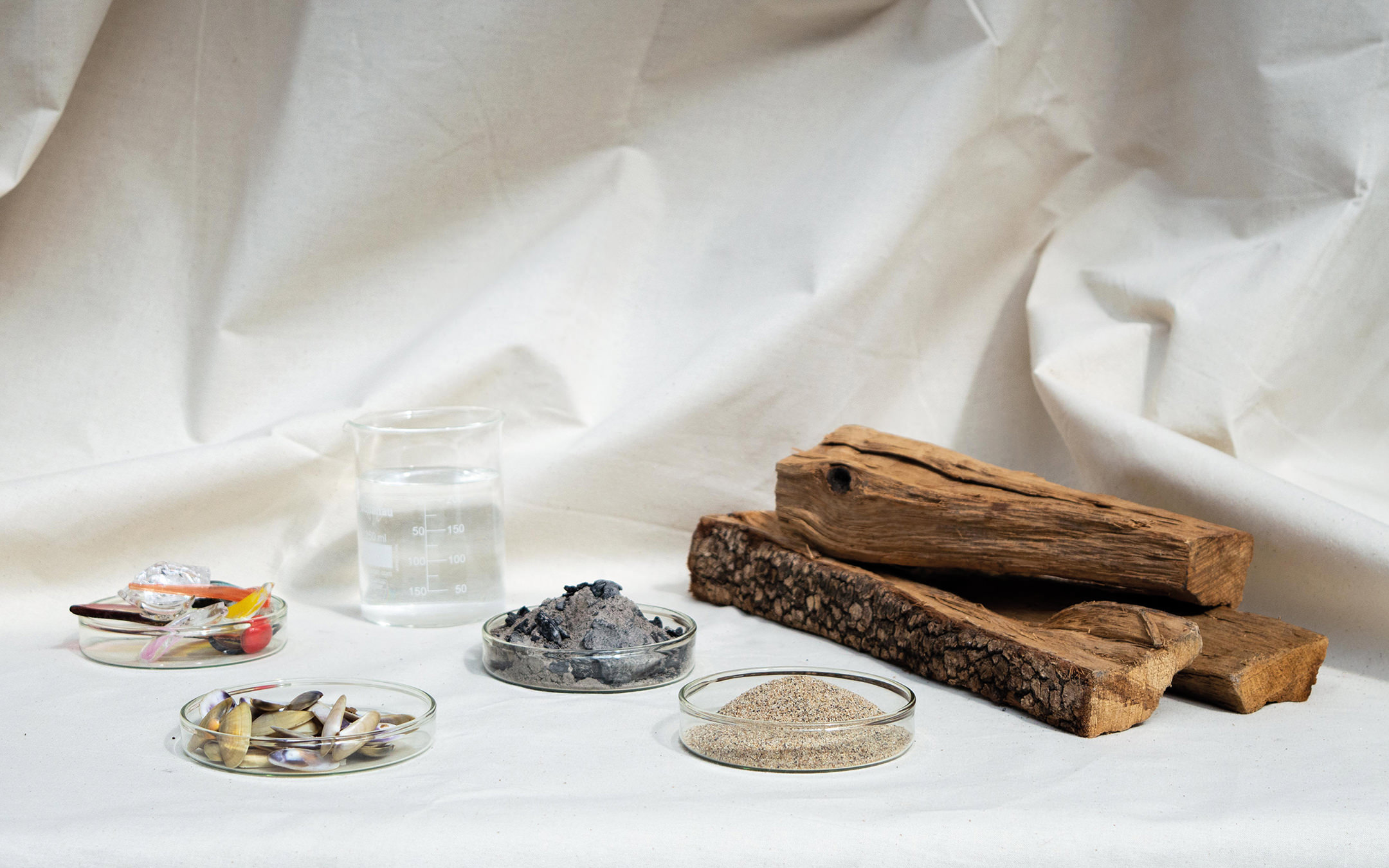
4_from_the_ashes-91e6b683
Ingredients: Two out of three ingredients are recycled waste. The green variant also contains old, unusable broken glass.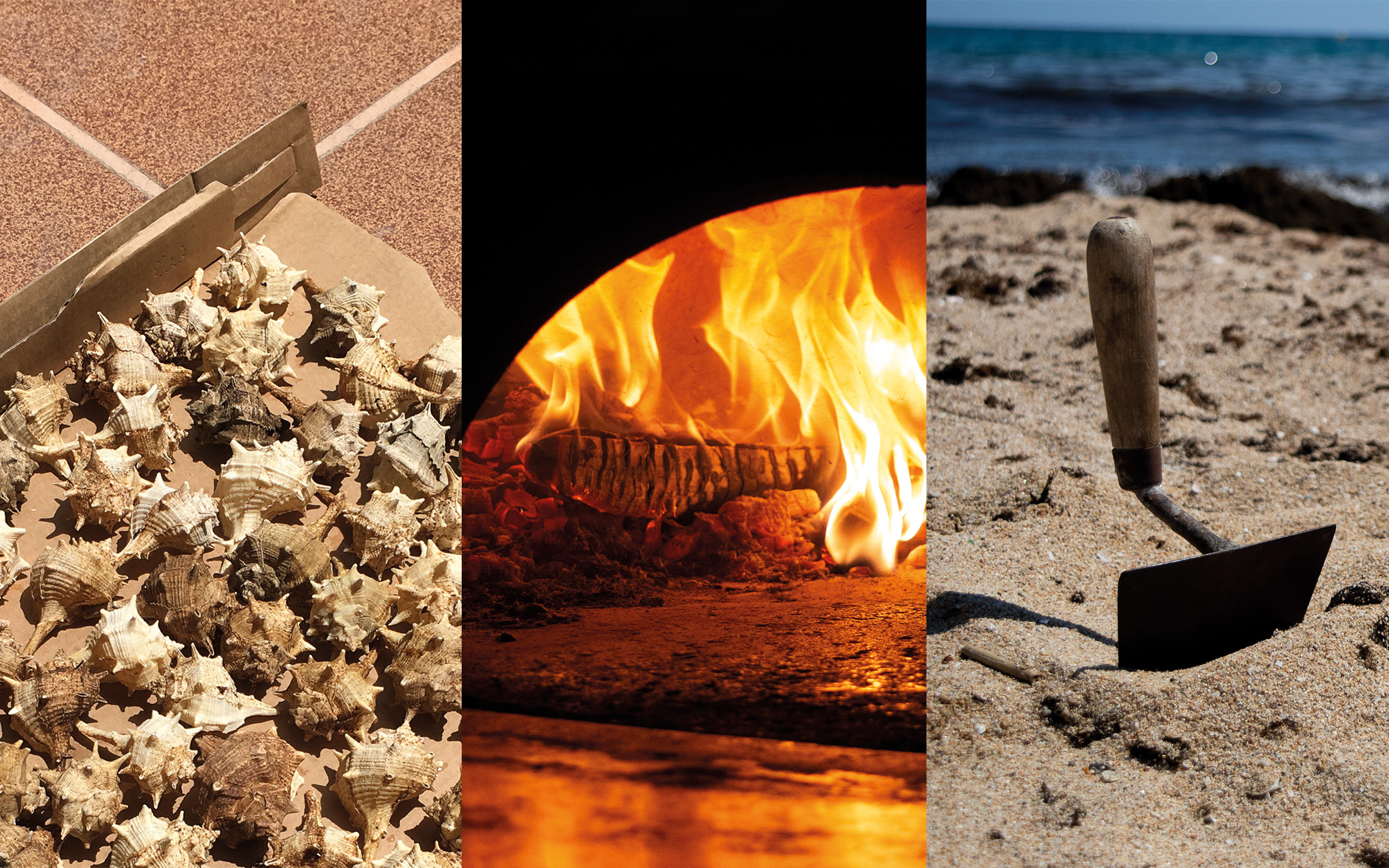
5_from_the_ashes-e7e4fe6e
Sources: Pizza baker's wood ash, clam shells from restaurants and sand.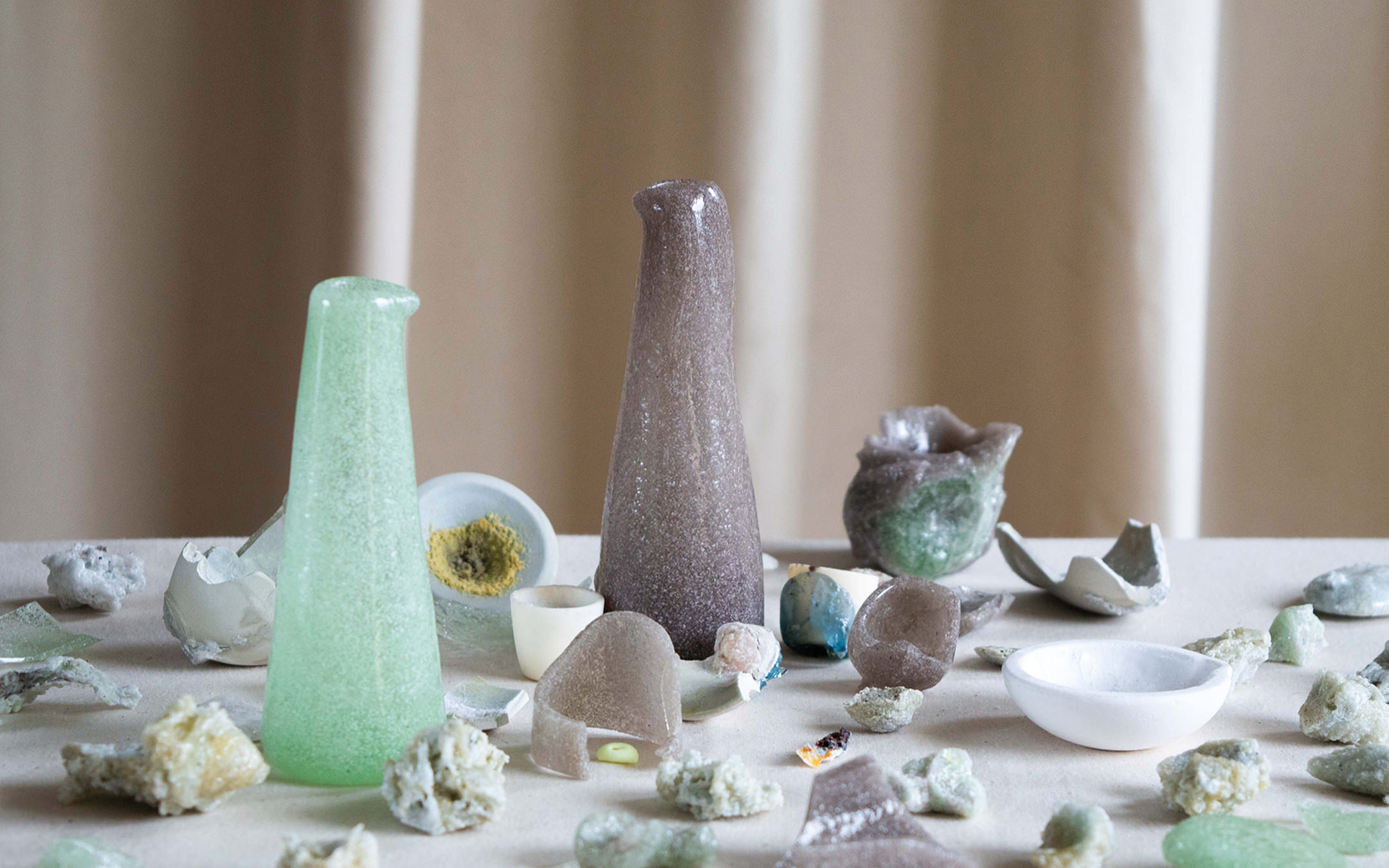
6_from_the_ashes-21846ffa
Material developed through ELISAVA's Master in Design through New Materials
7_from_the_ashes-a78b5af0
Blown by "the glass apprentice"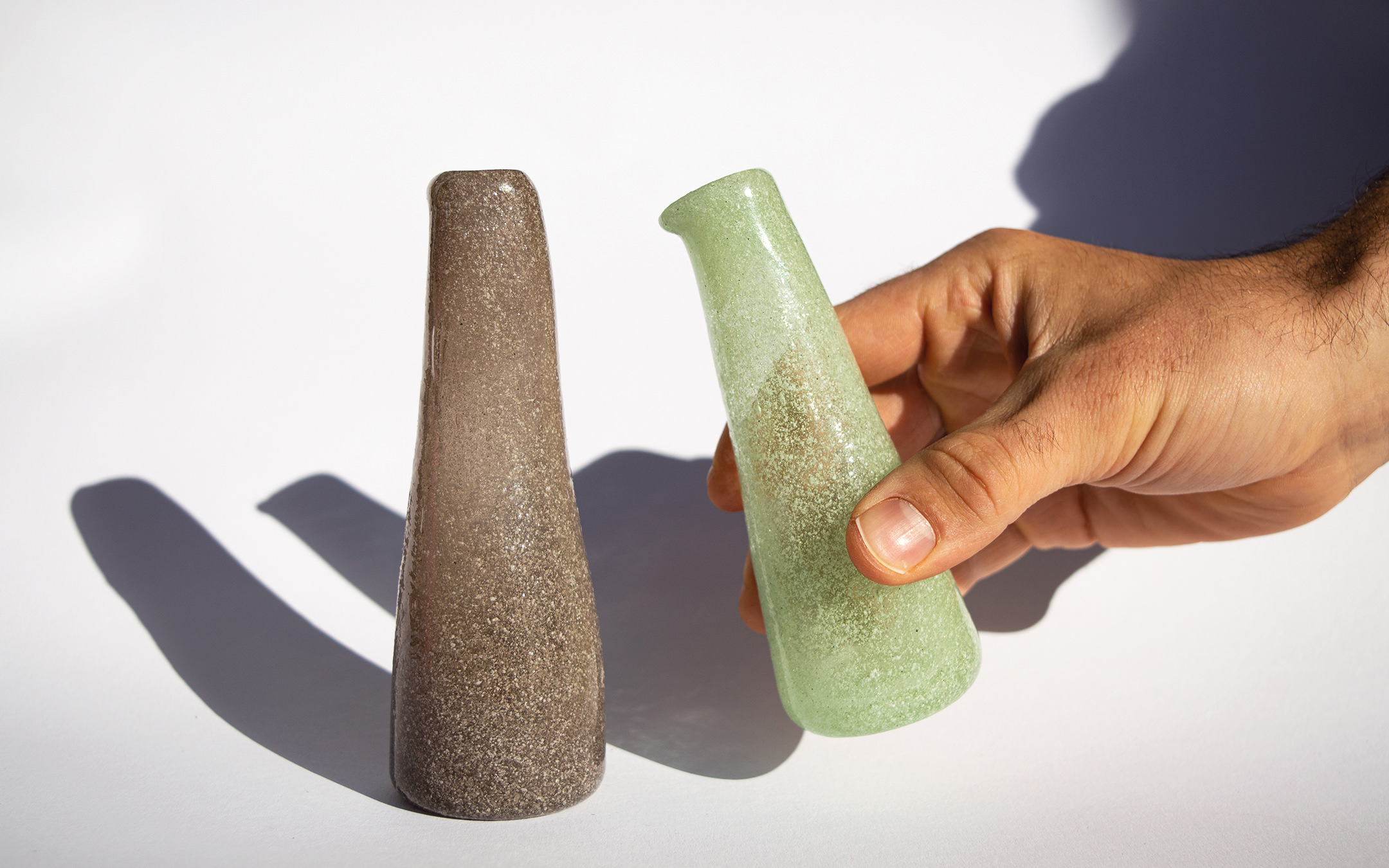
8_from_the_ashes-b6789cae
9_from_the_ashes-f284397c
many natural salt lakes are shrinking rapidly due to global warming. (Great Salt Lake, Utah, USA | Biggest salt lake in the western hemisphere) The largest mine in Europe will be exhausted in 2048. (Wülfrath, Germany | Largest limestone mine in EU)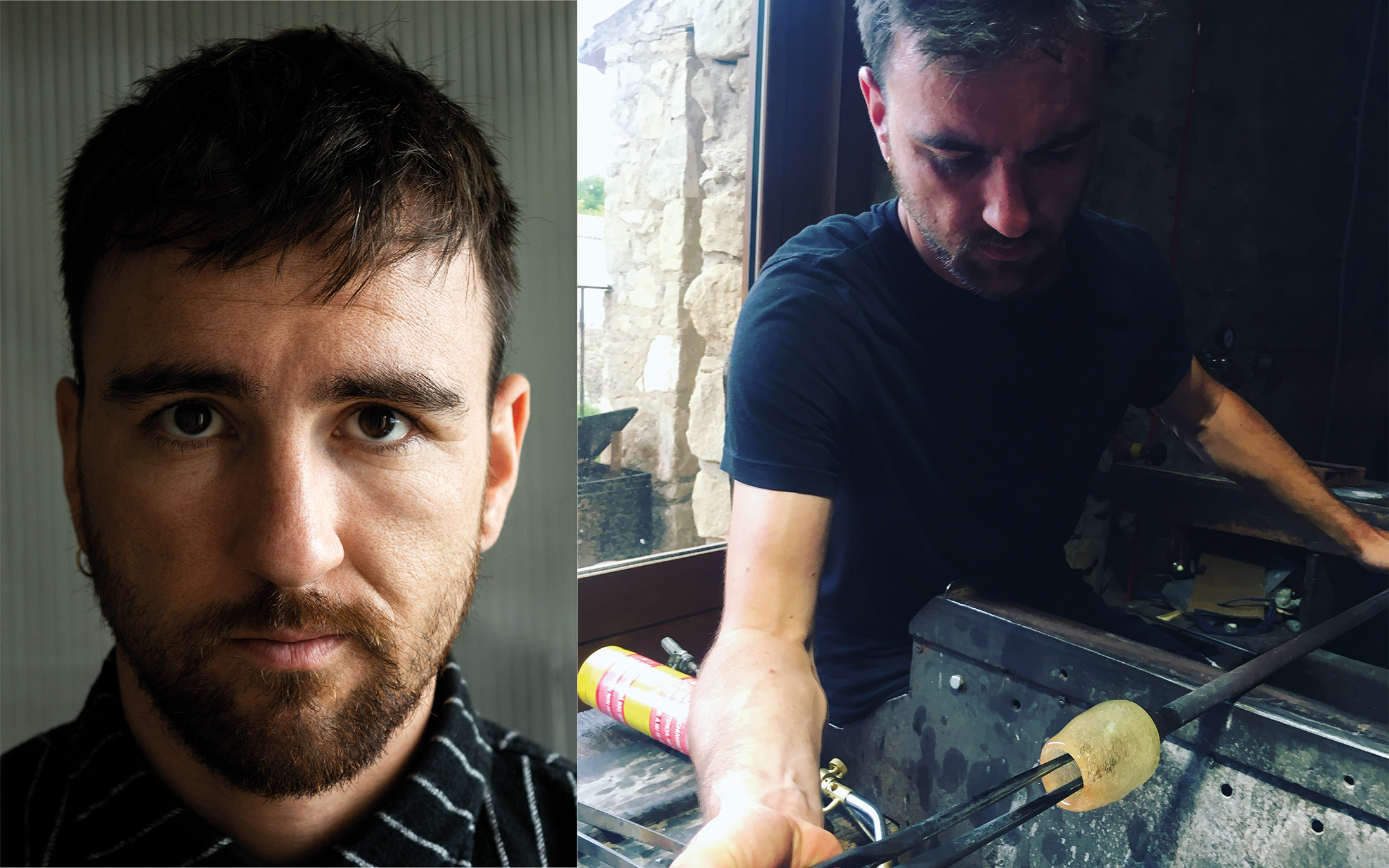
10_from_the_ashes-58e637e4 - benedikt peirotén
- studio peipei
- Eco project
- https://vimeo.com/594790601
-
The project is a master's thesis in Design through New Materials at ELISAVA, Barcelona and was later implemented in cooperation with two glassblowers.
It is an energy-saving and waste-based glass made with wood ash from pizza bakeries and clam shells from restaurants.In addition to sand, glass usually requires two other main components: Sodium Carbonate and Calcium Carbonate. As with most industrial processes, the availability of these ingredients is changing dramatically due to climate change and human production methods.
Sodium Carbonate as a flux lowers the melting point of sand. After extraction in salt lakes, it is manufactured using the Solvay process, which requires a high level of water and energy as well as quicklime: Rare limestone heated to 1000° C. On top of that, many natural salt lakes are shrinking rapidly due to global warming.
Limestone is mined in large mines to extract calcium carbonate. The stone was formed over hundreds of millions of years and there is an annual usage of 5000 million tons of limestone, with environmental impacts from mining that are well known.
Furthermore, the largest mine in Europe will be exhausted in 2048.
This new glass discovers infinite supply chains by using waste which has no value so far. Pizza baker's wood ash and clam shells from seafood restaurants.
The increasingly scarce material quartz sand has not yet been replaced. But glass can be endlessly recycled or even ground back into sand if the additives are harmless. This glass is 100% natural and therefore in harmony with nature.
Designers/Architects
benedikt peirotén
Company
studio peipei











